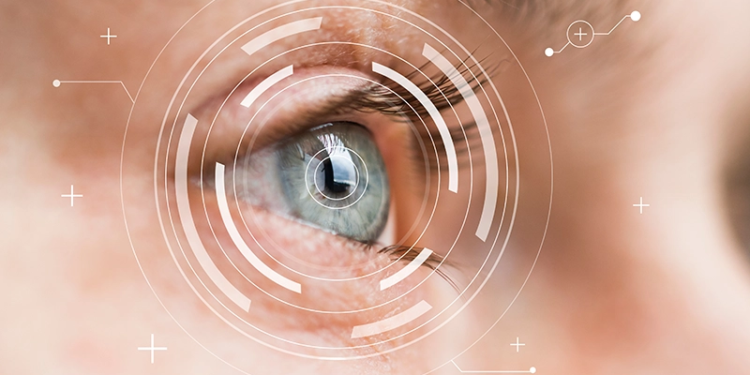By Pam Martin

Eythor Bender. Photographs by Sarah Peet Photography courtesy of Berkeley Bionics.
Hitting the street today is the latest exoskeleton by Berkeley Bionics. Coined eLEGS (Exoskeletal Lower Extremity Gait System), the exo (in industry parlance) was designed for a new player: the individual who relies on a wheelchair for mobility. In development for five years, eLEGS is lightweight and readily adapts to the wearer’s body, but the real kicker is the serene quiet of its operation. eLEGS has no noisy hydraulics-an electric actuator powers the system.
Newly minted CEO of Berkeley Bionics, Eythor Bender, formerly the president of Ossur Americas, Aliso Viejo, California, says they didn’t want a user to experience “what we call the gym syndrome, that is, you like to wear it and try it out for two weeks and then you just throw it in the corner.” They wanted a system that is comfortable enough for users to want to wear every day.

eLEGS Exoskeleton
Bender sees the achievements of Paralympian Oscar Pistorius, widely considered “the fastest man on no legs,” as a “high five” to “what we have achieved in prosthetics.” With Pistorius, there’s been controversy over whether his prostheses give him an edge over the able-bodied, and Bender considers bionic technology to be the edge needed for those who rely on wheelchairs for mobility. So there’s Pistorius on one side of the fence, but then there’s “that other side of the fence,” Bender says, “where we see people with spinal cord injuries…sitting, and they have no option but the wheelchair…. [That] picture did not feel right to me.” Bender wanted to give them another tool. The best place that could marry both the mechanical side of the technology with the software side, in his view, was the Bay area-and that led him to Berkeley Bionics.
The latest trials at the University of Virginia, Charlottesville, suited up seven users, six of whom walked “amazingly” within two hours, according to Bender. These individuals had not walked for years, since incurring their spinal cord injuries. “It is amazing to be a part of this because the reaction we get from the first-time user is really emotional,” he says. “You are breaking a huge barrier.” Benders has heard people in the trials make comments such as, “Now I can finally hug somebody at eye level,” and “I can’t wait to go walk in the woods.” The person who has spent the most time in eLEGS (about 30 hours), told Bender that he’s seen improvement in his muscle tone. Bender is quick to note that the trials are still in the early testing stages, so nothing has been proven, but he adds that there are studies that detail the benefits to the cardiovascular system of standing upright and walking around, as well as easing secondary conditions that result from extensive sitting, such as bed sores, and bone density and bladder issues.

Since 2000, when the University of California at Berkeley first received a grant from the Defense Advanced Research Projects Agency (DARPA) to begin experimenting on human/machine interfaces, Berkeley Bionics (formed in 2005) has designed exoskeletons for both military and medical applications, a relationship that Bender sees as complementary. He stresses that similar technologies apply to both, creating research and development efficiencies that should benefit the users’ end costs down the road. Bender also sees the distinction associated with the military exoskeletons as potentially rubbing off on the medical ones. For example, Bender is conscious of the fact that some individuals, in particular those between the ages of 30 and 40 with spinal cord injuries or with amputations, may not be comfortable being seen in public walking around in a medical-looking device. He argues that since there are “exos available to soldiers [who] are…those super human beings walking in…very tough terrains…with exos, the image suddenly changes.”
eLEGS will first be introduced in rehabilitation scenarios and will be used under medical supervision. In this way, most wheelchair users will have the opportunity to try it out. Bender says the price should eventually lower to a range similar to high-end wheelchairs.
“There are 5.6 million [people in the United States who are] paralyzed, half of those in wheelchairs or depending on wheelchairs, and what I think that people out there can look forward to is…another tool that allows them to stand up and even to drive to work and go about their day and go to a football game and cheer with everybody…. That is really our vision.”
For more information, visit berkeleybionics.com.




